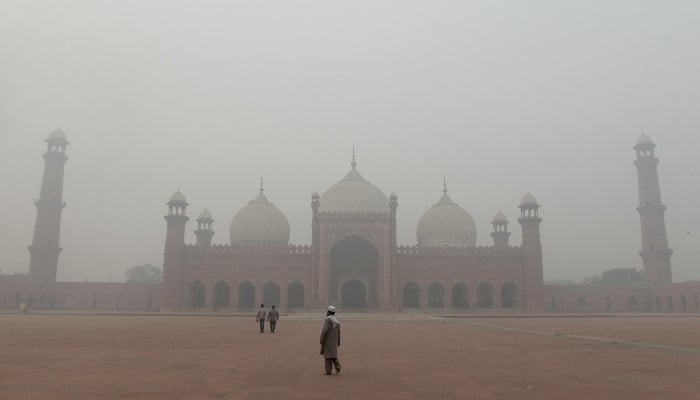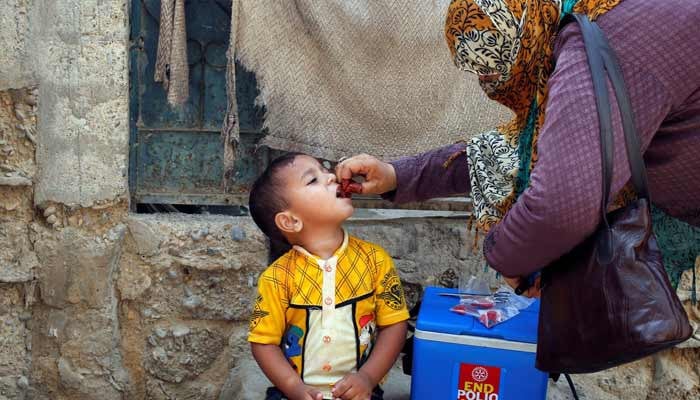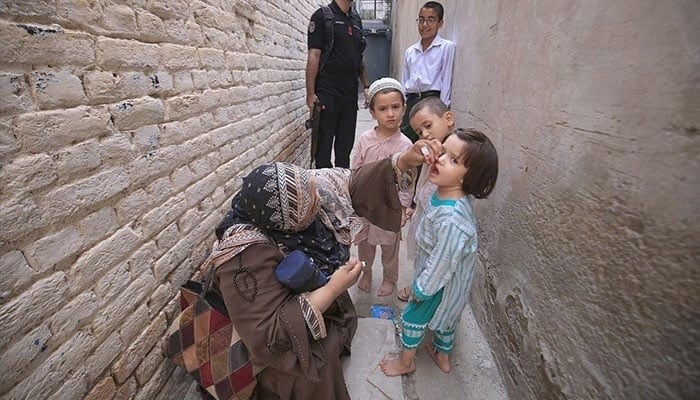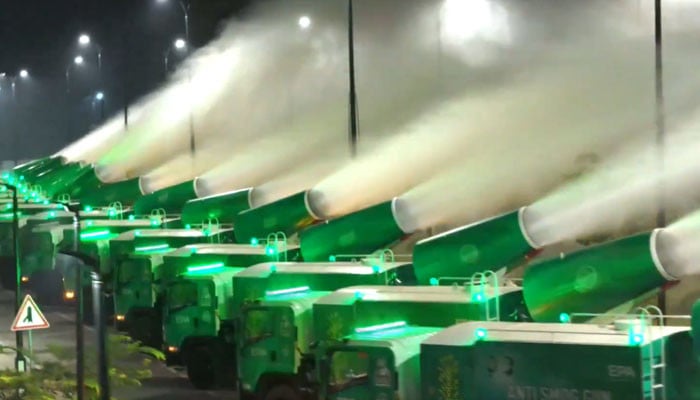As temperatures drop, Lahore was ranked as the world’s most polluted major city on Monday morning, with air quality falling to “very unhealthy” levels, according to Swiss monitor IQAir.
At around 8am, the city’s AQI⁺ was 297, while the PM2.5 concentration reached 222.5 micrograms per cubic meter, about 44.5 times the World Health Organization’s annual guideline value.
These fine particles, small enough to penetrate deep into the lungs and enter the bloodstream, pose serious health risks, especially for children, the elderly and people with respiratory diseases.
Lahore was followed by New Delhi (287) and Mumbai (182) on the global pollution map. Other cities in the top 10 were Kolkata (158), Tashkent (158), Jakarta (154), Dhaka (152) and Dubai (152), with three Indian cities in the top five.
On Sunday, the city’s average AQI was recorded at 160, categorized as “unhealthy”.
According to IQAir data, PM2.5 was the dominant pollutant, with a value of 13.7 times the WHO’s annual guideline value. Environmentalists said the persistent PM2.5 pollution indicated the failure of civic agencies such as the Lahore Development Authority (LDA) and Metropolitan Corporation Lahore (MCL) to implement anti-smog standard operating procedures during ongoing development and construction projects.
They urged Prime Minister Maryam Nawaz to order an immediate halt to large-scale infrastructure and construction activities across Punjab – especially in Lahore and other major cities – and warned that without intervention “the situation will continue to deteriorate.”
Meanwhile, Punjab’s senior minister Marriyum Aurangzeb said nine provincial departments, on the instructions of the chief minister, had launched a “major operation” to combat smog. She said the combined efforts of government departments and public cooperation had brought Lahore’s AQI “under control”.
Aurangzeb said environmental protection teams were in the field, brick kilns were monitored by drones and live reports were issued daily. She said smog guns and air quality monitors are being deployed, and for the first time a coordinated All-of-Government strategy has monitored AQI levels as predicted.
She added that a modern meteorological data center identified high pollution zones in advance, allowing targeted action in ‘smog hotspots’. Departments had been ordered to cover construction materials, while traffic police were instructed to restrict heavy vehicles during the day. Agencies, including WASA, LDA, PHA, C&W and the Agriculture Ministry, had launched spraying and enforcement operations, including a crackdown on stubble burning across Punjab.
The megacity remains a fixture on global pollution maps and is often among the most polluted urban centers in the world. Air quality in Lahore usually deteriorates during the winter season from October to February, when farmers in the wider Punjab province set fire to the remains of crops, creating smoke that contributes to smog. At the same time, weather changes cause pollutants to linger in the air for longer.
Air pollution in Lahore is caused by a combination of emissions from vehicles and industries, smoke from brick kilns, the burning of crop residues and general waste, and dust from construction sites. Other factors of air pollution include the large-scale loss of trees to build new roads and buildings.
Air pollution in winter is worse due to temperature inversion, which results in a layer of warm air that cannot rise and traps air pollutants.
Last year, IQAir recorded that pollution in Lahore peaked at a dangerous AQI of 1,110 on November 14, when PM2.5 levels reached 632 micrograms per cubic meter of air, prompting authorities to declare a health emergency across the province. Schools were closed, universities moved classes online and a construction ban was imposed to ease the crisis.
However, last year the smog season started earlier than normal and became more intense. Experts warned that the concentration of PM2.5 particles had already exceeded dangerous thresholds – which was one of the highest levels in five years.







